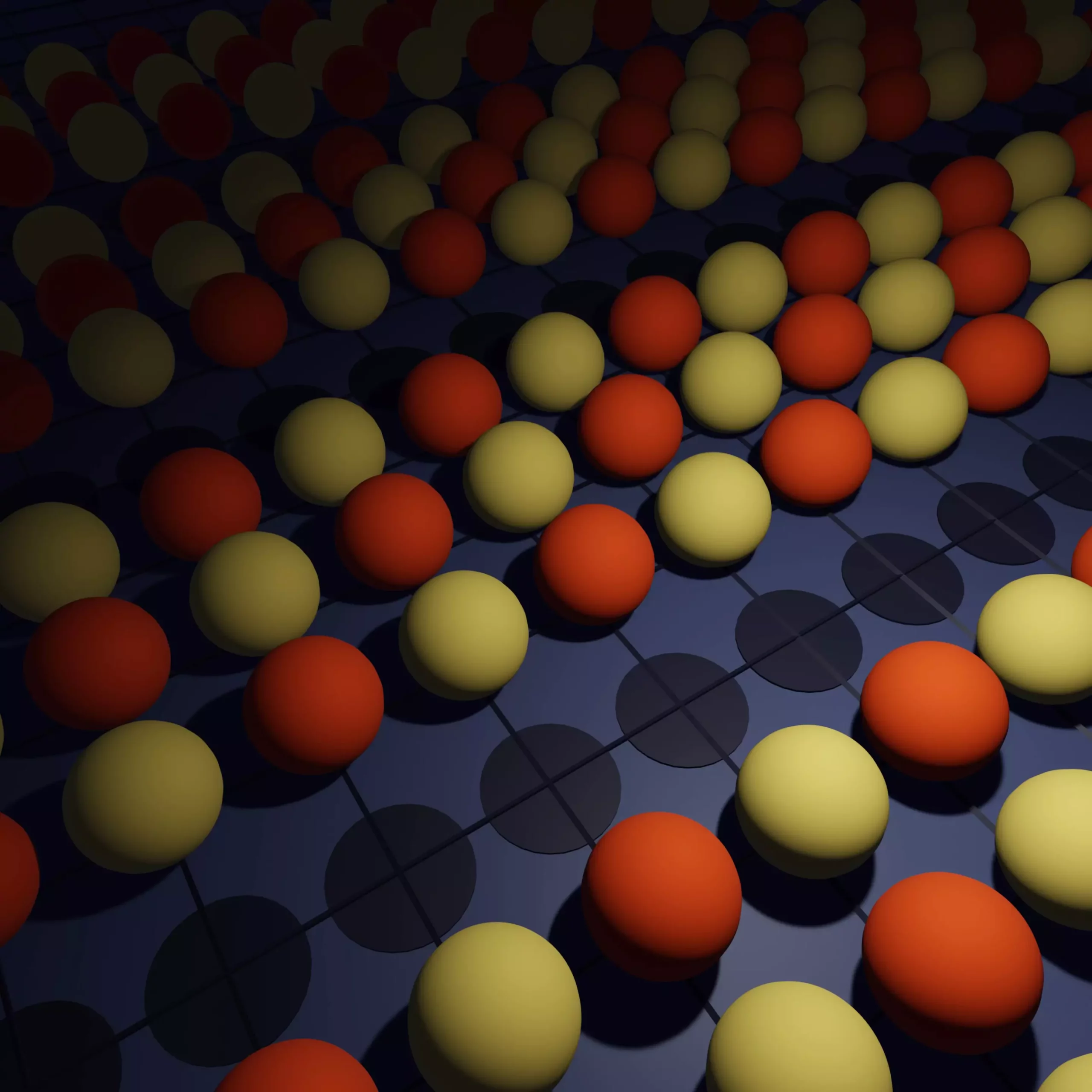The field of quantum physics continues to challenge our understanding of the universe at a fundamental level. One of the most perplexing phenomena in this realm is the “pseudogap,” a state that has left scientists grappling with its implications for superconductivity. Recent findings published in *Science* cast new light on this enigmatic phase, offering further insights into its relationship with high-temperature superconductivity—a quest long coveted by researchers aiming to realize technologically advanced applications such as lossless energy transmission, rapid MRI scanning, and high-speed maglev trains.
At its core, superconductivity is the ability of certain materials to conduct electricity without resistance when cooled to extremely low temperatures, typically below -140 degrees Celsius. Certain compounds, particularly those involving copper and oxygen, exhibit these fascinating properties. However, when the temperature rises above this threshold, these materials enter a state known as the pseudogap, where their behavior fluctuates between that of a normal metal and a semiconductor. The pseudogap phenomenon raises critical questions regarding its persistence as temperatures approach absolute zero (-273.15 degrees Celsius), where thermal motion ceases.
The collaborative research effort led by scientists from various institutions has led to breakthroughs in deciphering the pseudogap’s behavior, representing a critical step toward potential room-temperature superconductivity—a holy grail of condensed matter physics.
Investigating quantum states such as the pseudogap requires sophisticated computational techniques, as traditional methods struggle to accurately simulate the behavior of entangled electrons. The daunting complexity arises from the fact that once electrons interact, their behavior cannot be understood in isolation. Addressing systems of multiple electrons defies the capabilities of even the most advanced computational tools.
The prominent Hubbard model provides a framework through which researchers examine the interactions within these materials. It analogizes the electrons’ movements on a chessboard, allowing researchers to explore individual electron behaviors under varying conditions. Despite its effectiveness, distinct computational approaches are needed for different temperature regimes, making it challenging to gain a comprehensive understanding of what transpires in the pseudogap state.
The research team employed an innovative algorithm known as diagrammatic Monte Carlo, a methodology that considers the entire system at once rather than breaking it down into smaller parts. Unlike traditional Monte Carlo methods, this approach offers the potential for simulating an infinite number of particles, thus providing a more holistic view of the phenomena at play.
Through applying this advanced computational method, the researchers made remarkable discoveries about how pseudogap materials behave as temperatures decrease toward absolute zero. They found that these materials undergo a transition into “stripe” formations, in which the electrons align into organized rows with distinct patterns. The balance of electron density, when altered, leads these materials either toward superconductivity or leaves them in this stripe configuration.
This research has clarified longstanding uncertainties regarding the pseudogap state and its evolution into the stripe state. Notably, it confirmed that these states do, indeed, interact under specific parameters, thereby elucidating aspects that scientists have debated for years.
Moreover, the team discovered that the transition from the pseudogap state could be influenced by modifying the Hubbard model to include diagonal moves of electrons—akin to a bishop in chess—which facilitates the formation of superconducting properties. Such insights underscore the intricate dance of quantum mechanics at play and how subtle changes in particle behavior can profoundly affect material properties.
The ramifications of this research extend beyond theoretical implications; they hold promise for practical advancements in various scientific fields. For instance, developments in quantum gas simulations, which cool atoms near absolute zero, can now be equipped with the insights provided by this research, allowing for more accurate experimental models.
As researchers continue to advance our understanding of the pseudogap and its potential relationship to room-temperature superconductors, the scientific community remains optimistic. Clearer perspectives will inevitably lead to novel technologies that may revolutionize energy systems, transportation, medical imaging, and beyond.
The current exploration into the pseudogap state marks a pivotal moment in condensed matter physics, promising a future where room-temperature superconductivity might transition from an elusive goal to a practical reality. As challenges persist, this collaborative endeavor showcases the importance of integrating computational techniques and experimental approaches in our pursuit of understanding the quantum world.


Leave a Reply